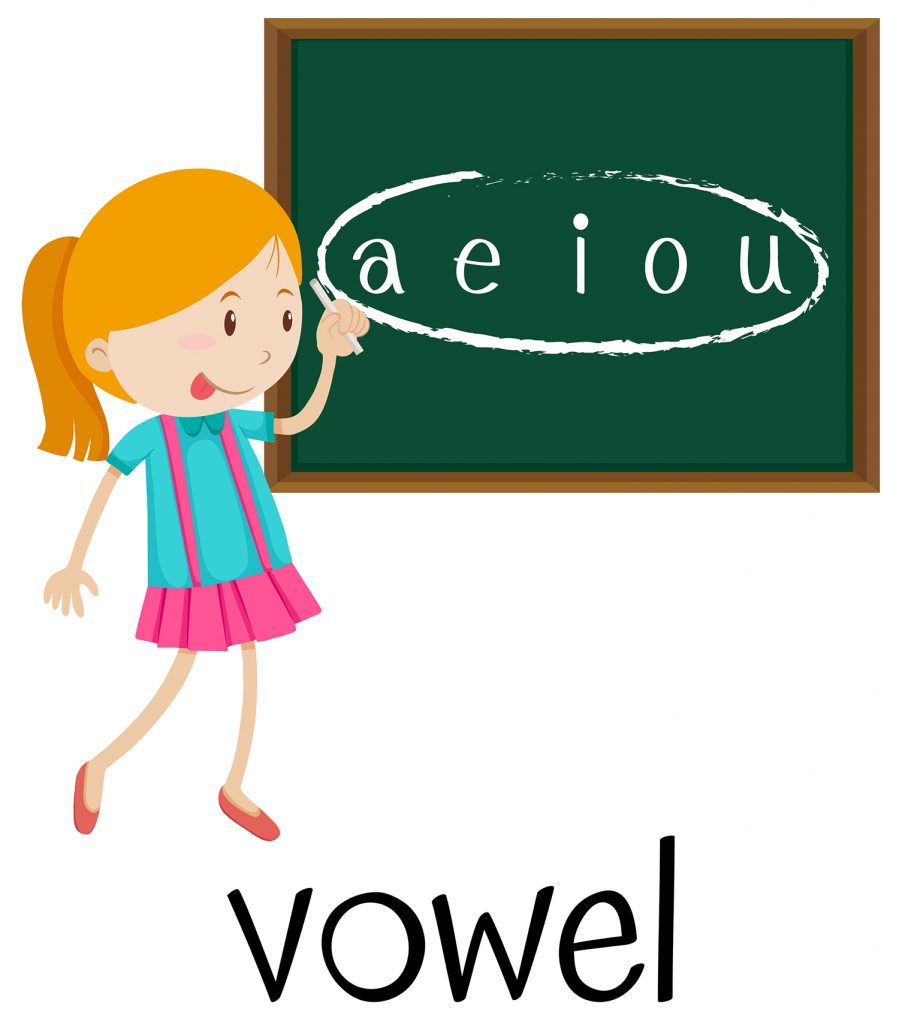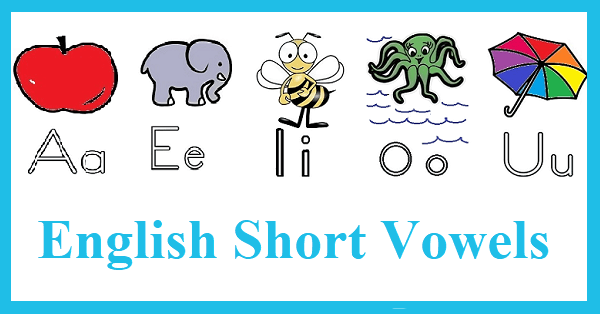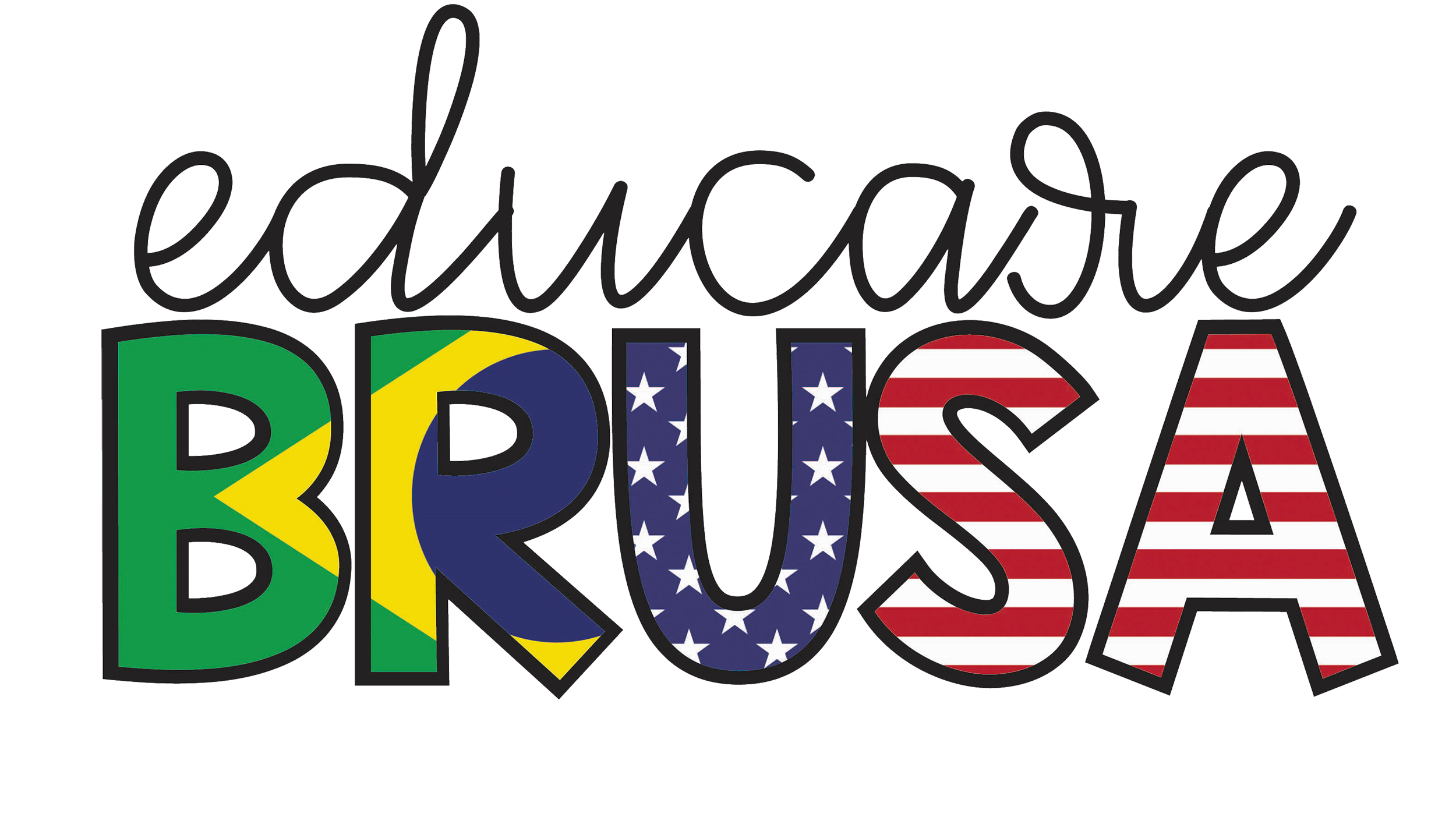
Long And Short Vowels Activities For Special Education
Phonics is one of the main steps of learning ‘how to read’ of pre-K teaching. Teaching individual alphabetical sounds to the children usually starts with vowels and consonants. Where teaching the sounds produced by consonants is quite easy, the real problem arises when the teachers start teaching the sounds produced by vowels (Long And Short Vowels). Where teaching basic education to kids becomes a big challenge, much more effort is needed by teachers at special education centers.

Today I am here to share with you a complete guide to learn about long and short vowel activities, especially for special education.
INTRODUCTION TO LONG AND SHORT VOWELS
Vowels-a, e, i, o, and u can be pronounced in different styles. The ‘short’ vowels are shorter when pronounced like the word ‘a’ in the example cat, while the ‘long’ vowels sound a bit longer when pronounced like in the example straight.
The five vowels, usually called “short” are:
- “a” as in “cat”,
- “e” as in “red”,
- “i” as in “sit”,
- “o” as in “not”,
- “u” as in “bus”.
The five vowels, usually called “long” are:
- “a” as in “paper”,
- “e” as in “beer”,
- “i” as in “find”,
- “o” as in “go“,
- “u” as in “human”.
IMPORTANCE OF LONG AND SHORT VOWELS
Recognition of vowel sounds is very important for children. The young students usually find long vowels easier to learn because they sound almost the same as in the alphabet name, e.g, “a” sounds the same as the alphabet in the word “able”. On the other hand, students often find short vowels harder to learn because of the very little difference they have in different words. Like the alphabet, “o” in pup and pop can not be differentiated much.
Understanding these basics in the early stages holds crucial importance for young students. It helps them establish basic concepts that make future learning easier.
HOW TO TEACH THE LONG AND SHORT VOWELS
While I focus on the importance of learning the long and short vowels, I would like to give away some tips to the teacher/parents to help them make their teaching easier and effective.
1. KNOW WHEN YOUR KID IS READY TO LEARN VOWEL SOUND:
There are signs to look for to know when your child is ready to learn the vowel sound. Children are typically ready after they learn to identify the beginning and ending sound words consistently.
2. WHERE TO START FROM?
Short vowel sounds are much easier to learn because they are much more consistent in their spellings. I recommend teaching short vowel sound before the long vowel sounds.
3. TEACHING THE VOWELS:
Some teachers use the “word families” technique while teaching vowel sounds, e.g, the word ‘fan’ is split into two, f-an and taught. While others like to split the word into separate alphabets like the word ‘fan’ is separated into f-a-n. you can use either of the techniques depending on how well your students go with it.
4. FIND FUN ACTIVITIES
If you are a teacher, you might know how tiring can learning vowel sounds can get for young students. Try to find fun games and ways to educate the children about the subject.
ACTIVITIES FOR TEACHING LONG AND SHORT VOWELS
While there are tonnes of activities on the internet, finding the best ones often becomes difficult from the pile.
Boom cards spelling long vowelsis a very interactive and highly engaging activity that requires no advanced preparation. It is an easy-to-do activity designed specifically to focus on individual vocabulary learning, letters’ sounds, and advance towards reading and writing.
The boom cards feature a drag and drop function that can be used as a center activity or an independent work too. All the cards have a visual and a verbal prompt that the child will spell during the activity.
INSTRUCTIONS:
The child will listen to the sound produced and then drag and drop the suitable alphabet to spell the word correctly. The system detects the answer itself, whether it is correct or wrong.
WHY BOOM CARDS?
- They are highly interactive, compelling the students to play more
- Boom cards are designed to keep the attention of the students and engage them in the activity
- Self-correction allows the student to keep track of their performance
- The data collection option is enabled in the paid version. It allows the parents and teachers to keep the students’ progress in view with the past performance and monitor their progress
- No prep
- The Boom cards can be accessed from any device (laptop, mobile, tablet, etc) with an internet connection.
Educarebrusa is a new online store made for the parents and teachers in special education. We provide handy activities for teachers and parents to assist them in teaching. Follow us and keep in touch for more such interactive and fun ideas.
